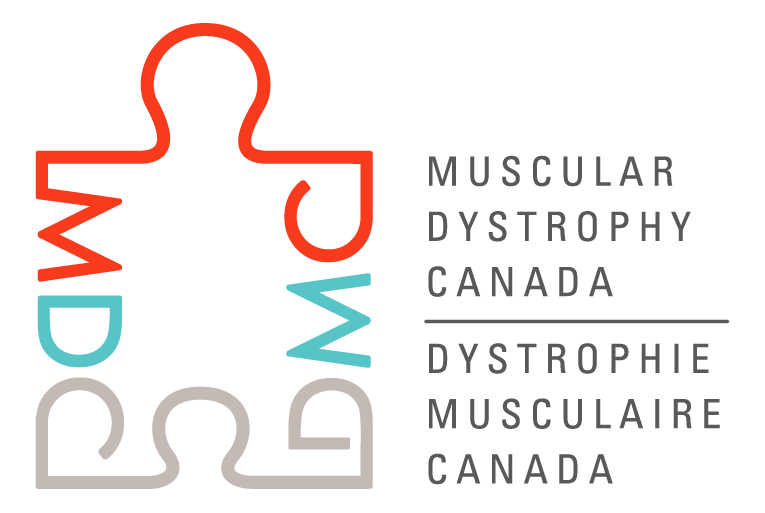Building a screenable human 3D neuromuscular junction model for neuromuscular disorders
2022
Lead investigator

Dr. Thomas Durcan
McGill University
Montreal, Québec
Research Sites & Affiliations
- McGill University, Montreal, Québec
- Montreal Neurological Institute-Hospital, Montreal, Québec
Budget: $100,000
Disorders: Myasthenia Gravis , Spinal Muscular Atrophy , Spinobulbar Muscular Atrophy , Congenital myasthenic syndromes , Lambert-Eaton Syndrome
Research Areas: Discover Novel Treatments & Therapies
Abstract:Motor neurons connect with muscles and control their movement through structure called neuromuscular junctions (NMJs). If motor neurons, muscles or NMJs don’t work properly, this can lead to a disorders known as neuromuscular disorders (NMDs). Most NMDs lack effective treatments. Animal models usually fail to copy human disorder making drug discovery challenging. Therefore, more relevant models are needed to study NMDs.
Our research will use human blood samples to generate stem cells. Stem cells are able to give rise to all the cell types found in the human body, including motor neurons. We have successfully cultured the motor neurons with human muscle in a dish to generate human models of the NMJ and now will use this NMJ model with different types of NMDs.
We believe that our model can be used to screen new drugs to find beneficial compounds with the potential to be advanced into clinical trials across different NMDs
Impact:
